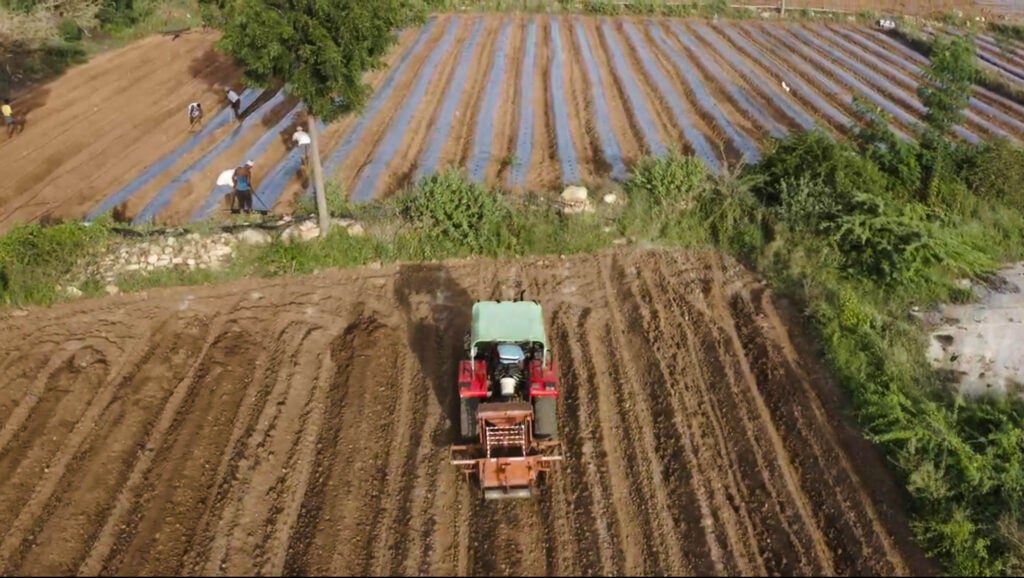
An aerial view of fields in Rayalaseema. Photo credit: Manram Collective
Vanya Mehta of WELL Labs co-authored this blog.
In a semi-arid region in southwest Andhra Pradesh, low but highly variable rainfall has made groundwater a critical lifeline for farmers.
But prolonged droughts and more borewell drilling have worsened groundwater depletion, severely impacting agrarian communities. To reduce competitive well drilling and assist farmers without wells in the region, the Watershed Support Services and Activities Network (WASSAN) launched the Groundwater Collectivization Programme. The initiative helps farmers form water collectives to share groundwater through formal agreements.
A new study of the Groundwater Collectivization Programme by researchers from EDF and WELL Labs revealed some encouraging results, including a slight increase in farm profits and higher yields during the monsoon season.









